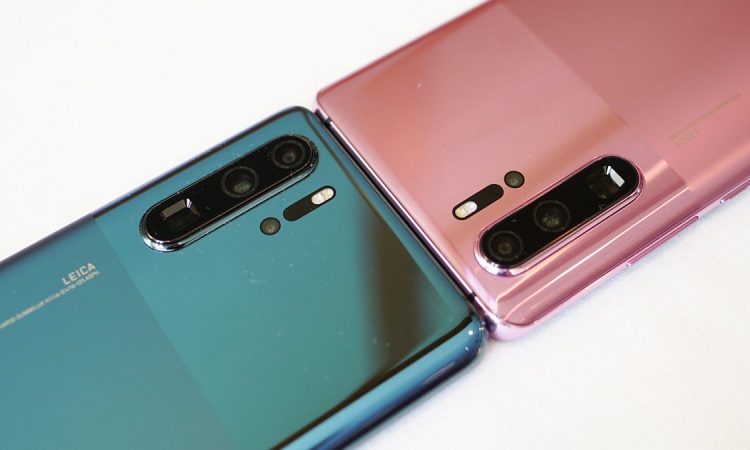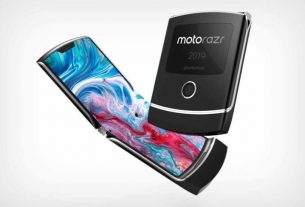The successors to the P30 and P30 Pro will launch in France at the end of March, as Huawei recently confirmed. But no need to wait so long to learn more about the P40 and P40 Pro!
As you would expect, the leaks around Huawei’s next flagship smartphones are numerous and above all, very precise. The generally knowledgeable leaker Yash Raj Chaudhary provided a list of features that confirm the high-end appearance of these devices.
A large capacity graphene battery
The P40 Pro should integrate a 6.5-inch 2K OLED screen with a display frequency of 120 Hz. It will occupy 98% of the front surface. The battery would have a record capacity of 5,500 mAh, thanks to graphene technology which allows the size of the component to be reduced to 70% of the volume of a traditional lithium-ion battery. Graphene batteries also have a longer lifespan and are more heat resistant.
We can therefore expect even higher performance since the processor (probably a Kirin 990) will be able to push the capabilities of the device to its limits without fear of melting it! Likewise, this heat resistance will not be useless for 5G navigation which also tends to heat up mobile devices. Huawei will not stop there as the P40 should only take 45 minutes to fully charge the battery.
In terms of design, OnLeaks and 91Mobiles have revealed the design of the P40 and P40 Pro, while providing additional information on the technical sheet. The P40 would integrate a screen of 6.1 to 6.2 inches and would be “content” with four photo sensors on the back, against five for the Pro model. Both will have a USB-C port, but no jack port.
The photo block on the back of the P40 Pro will therefore be more complete than on the P40, with a Leica main sensor (supplied by Sony) of 64 megapixels, an ultra-wide angle of 20 megapixels, a 12 megapixel telephoto lens, a macro sensor as well a flight time module to improve Portrait mode and augmented reality.




